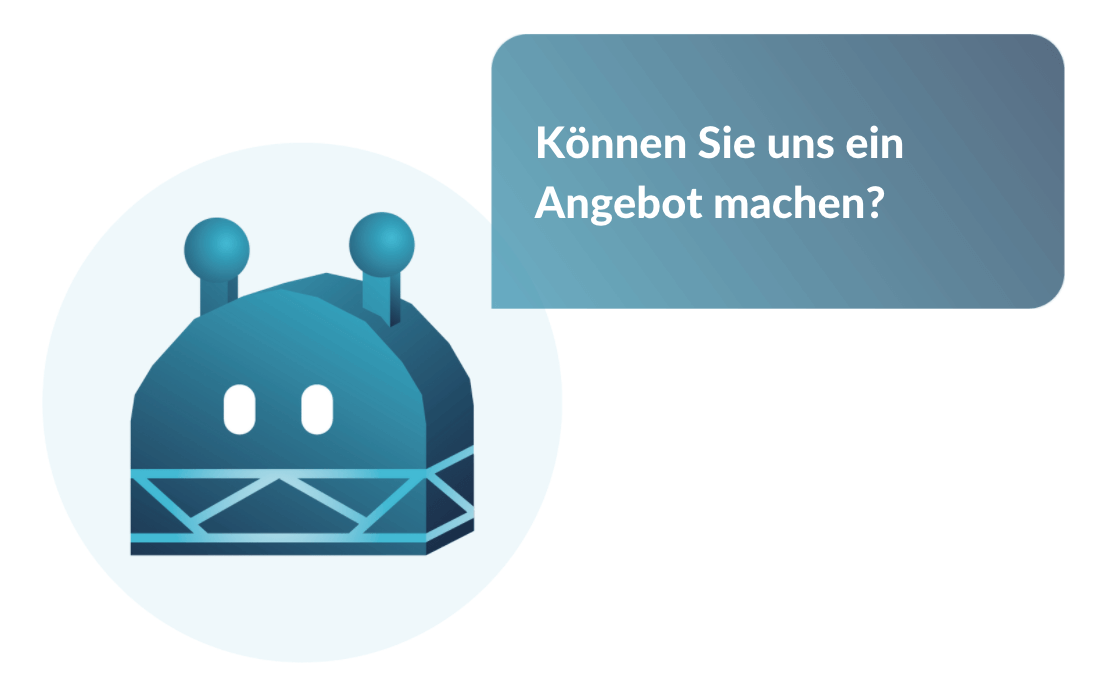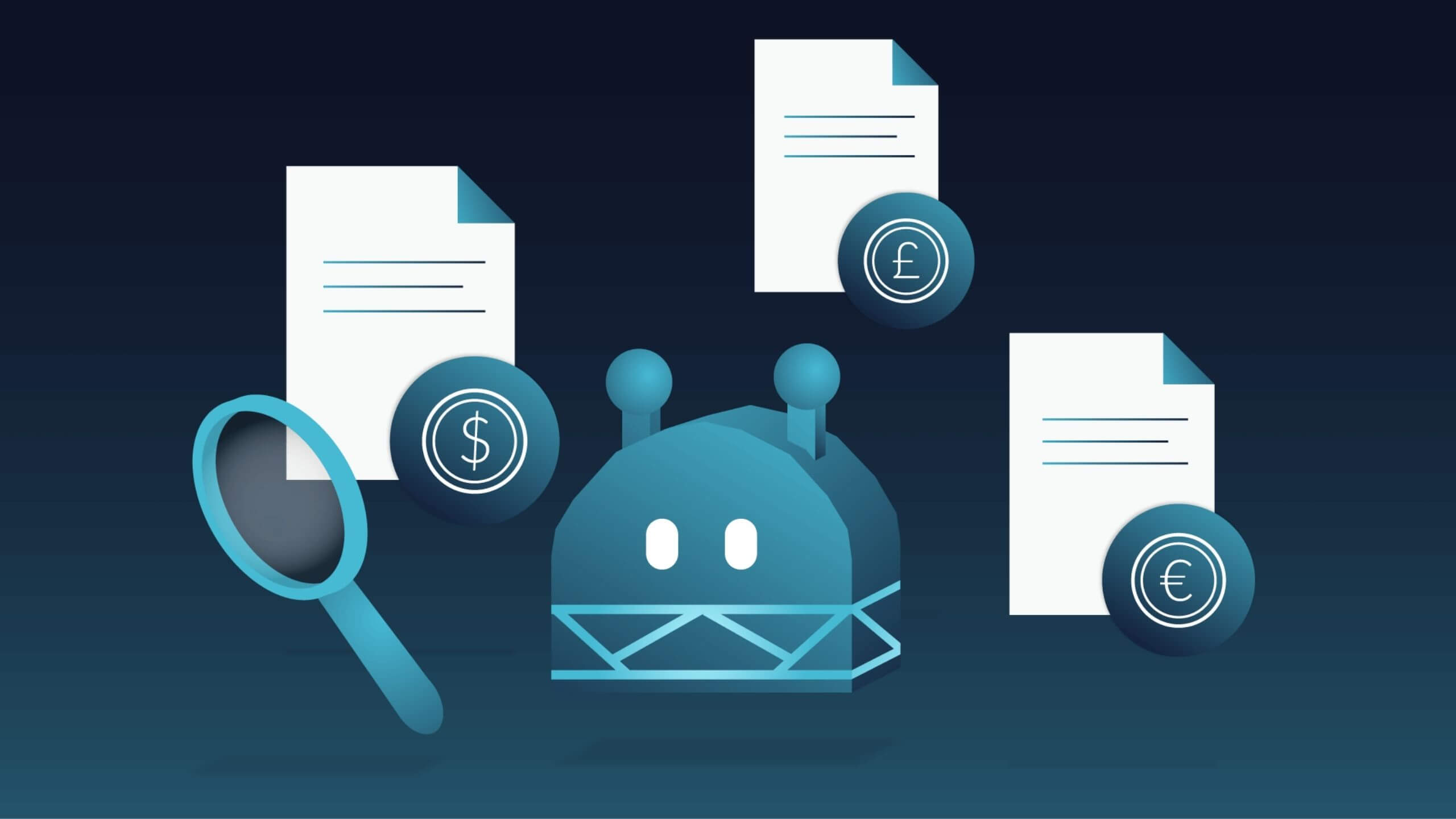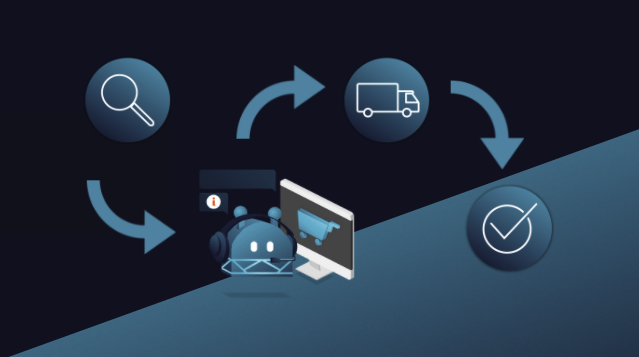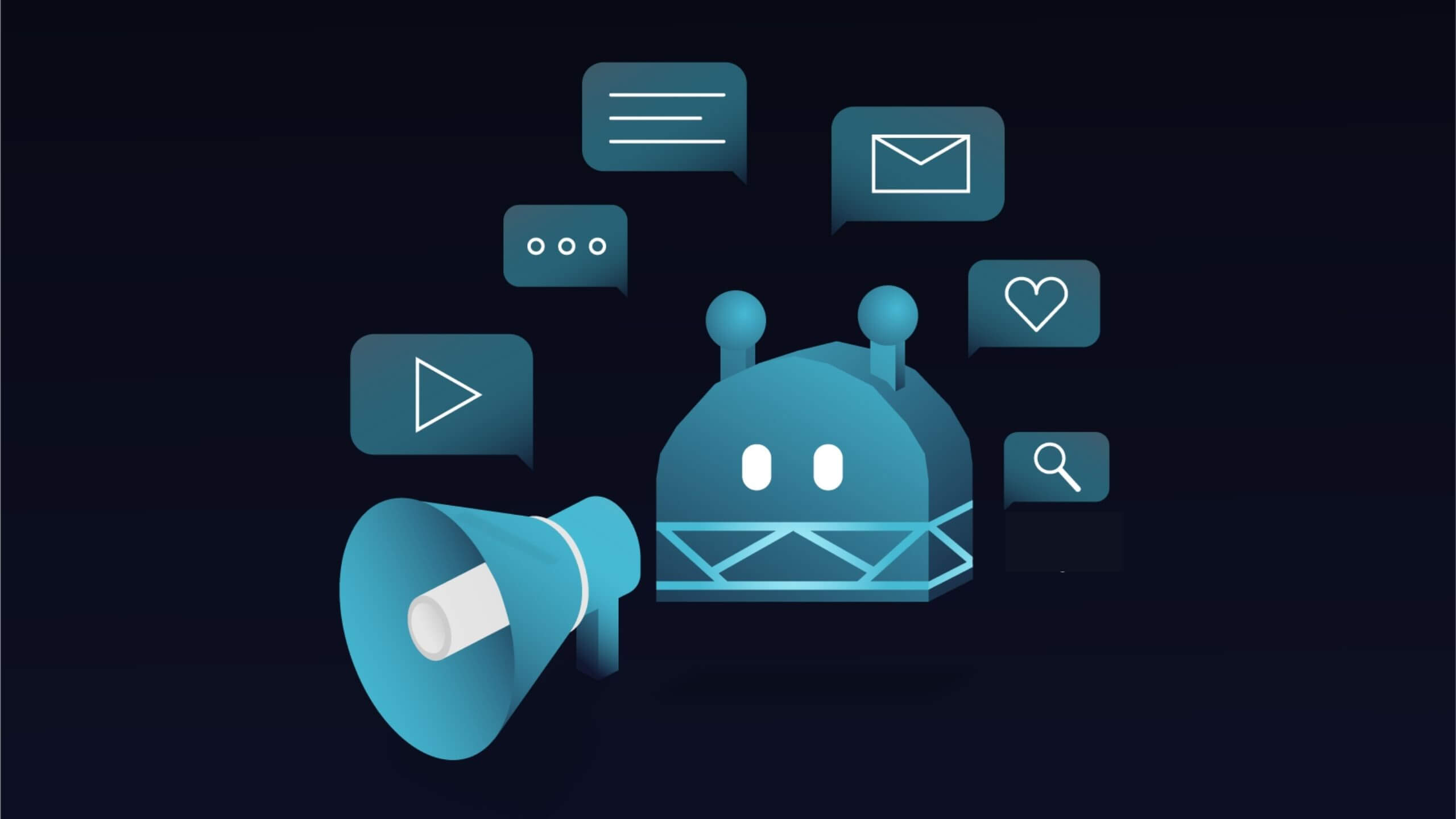Your cart is currently empty!
Month: February 2022
-
Conversation Design Resource Guide
Conversation design is a relatively new field that’s expanded tremendously in the last couple of years. This guide aims to organize different resources I’ve found helpful in my journey in becoming a skilled conversation designer. It is by no means comprehensive and I will probably add to it in the coming months.

Get Started
Google’s Conversation Design Resources
My favorite place to start and one I refer back to constantly is Google’s Conversation Design Library. Their articles do a great job teaching how to incorporate well known UX practices into conversation design (see: The Rule of Three).
Going hand in hand with Google’s Conversation Design Library are their docs which is a more actionable guide to best practices in the CxD space. Their docs outline their design process, conversational components and my personal favorite, a comprehensive style guide.
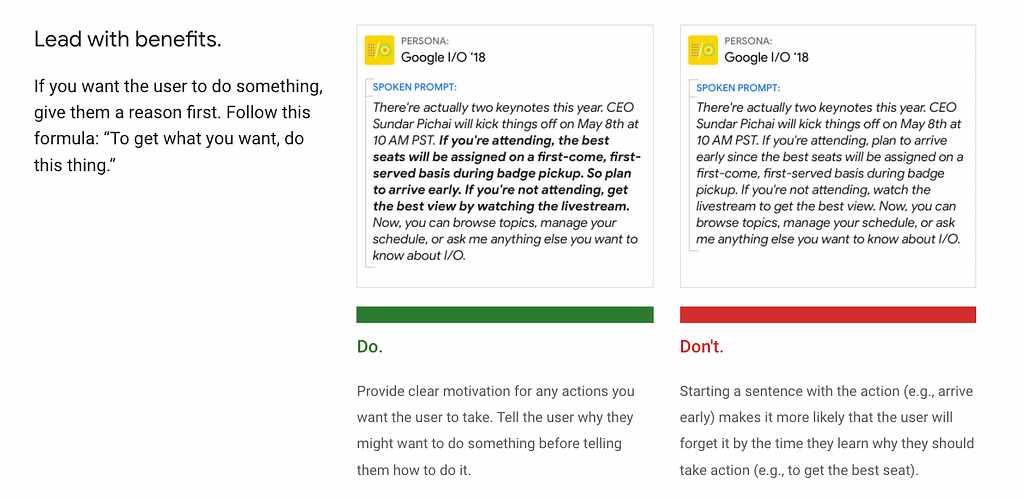
Taken from Google’s Conversation Design Style Guide Google’s style guide provides clear examples of how to write for conversational systems with a “Do and “Don’t”.
Their conversational components section addresses how to write commands, errors, apologies and more for conversational systems. My favorite (below and linked here) talks about the 3 types of confirmation and when to use which in your design.
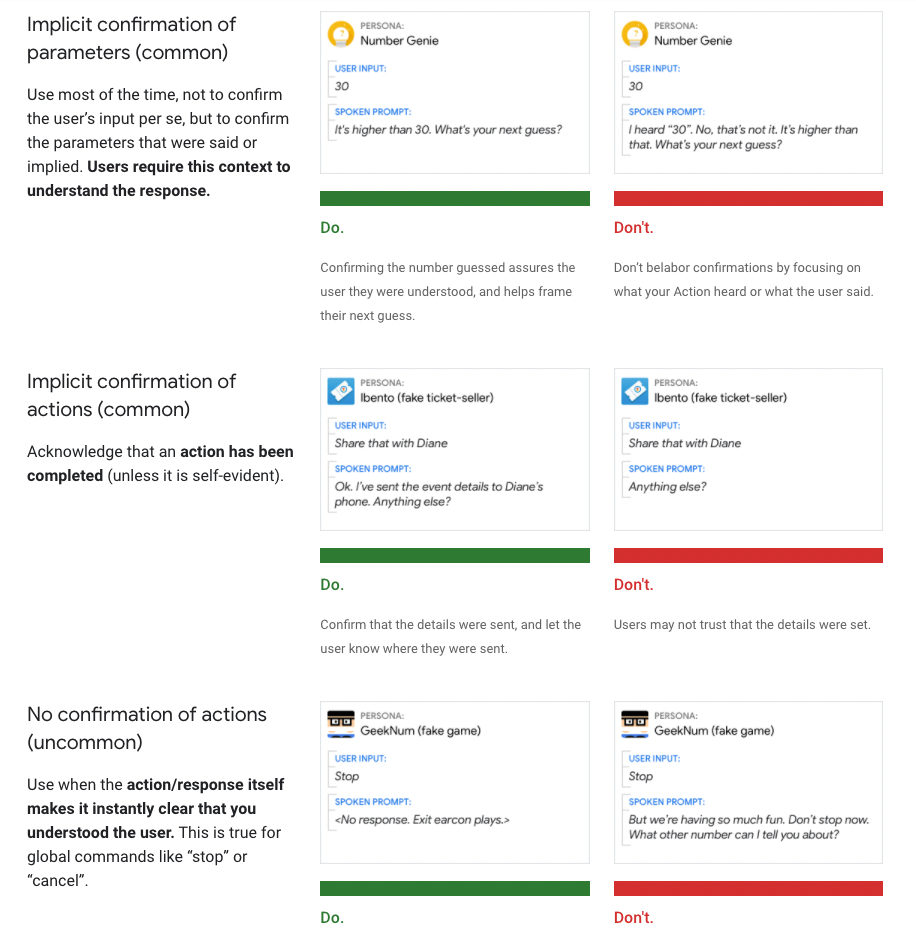
Conversation Design Principles
The principles of conversation design are critical in ensuring your content is natural and human sounding. These were first introduced in Erica Hall’s book Conversational Design (also linked here), but the following are great summaries.
Books
I recommend the following books to get started in the space. In addition the authors are all wonderful thought leaders to follow on LinkedIn, Twitter and/or Medium.
- Designing Voice User Interfaces: Principles of Conversational Experiences
- Conversational Design
- Voice Content and Usability
- Designing Bots: Creating Conversational Experiences
Articles
Here are some basic articles I read when I first started in this space. Most include links to additional resources like podcasts and Youtube videos.
- What is Conversation Design and How to Design Your Chatbot
- Behind every great chatbot there’s a great Conversation Designer
- How To Become a Conversation Designer
- How to become a Conversation Designer and make chatbots and voice assistants more helpful, natural and persuasive
Events
Conferences are a great place to meet other people in the space, keep up with emerging trends and learn new skills. Here are some of my favorite conferences in the CxD world.
- Chatbot Conference. This year it’s taking place in the Metaverse on April 12th-14th.
- Voice Summit October 10th-13th in Arlington, VA
- Women in Voice Summit. Running virtually on April 4th-7th
Tools
Ready to start designing your first conversation? While Excel and Figma are great they’re not tools built for conversation design. Here are some tools that are:
- Voiceflow can be used to design, prototype and launch voice & chat assistants. They have reusable components, advanced prototyping capabilities and an infinite canvas.
- Botsociety allows you to design for any type of conversational interfaces, on any number of devices.
- Fabble is a voice and conversation design tool that allows you to design and prototype Alexa Skills, Google Actions, chatbots, IVRs and more.
Conversation Design Resource Guide was originally published in Chatbots Life on Medium, where people are continuing the conversation by highlighting and responding to this story.
-
Why Are Teachers Leaving the Force and What Should We Do to Help?
The pandemic has brought along many things, one of which being ‘The Great Resignation’. As people started spending more time at home with their loved ones and diving deeper within themselves, many have realised they are not satisfied with their jobs.
Millions of people worldwide across industries have quit their jobs, with the resignation numbers in America hitting an all-time high in November 2021.
When it comes to education, teachers are no exception.
It is worrying to see teachers leave the force because they are the backbone of our society and they ensure the education of the next generation.
Whether it is because of mental exhaustion, physical exhaustion, a lack of resources, or low salary, the number of teachers in the force are steadily and scarily declining.
So, what should we do to support educators and help them stay in the force? Here are some changes you can make today.

-
Artificial Intelligence Virtual Assistants and Chatbots
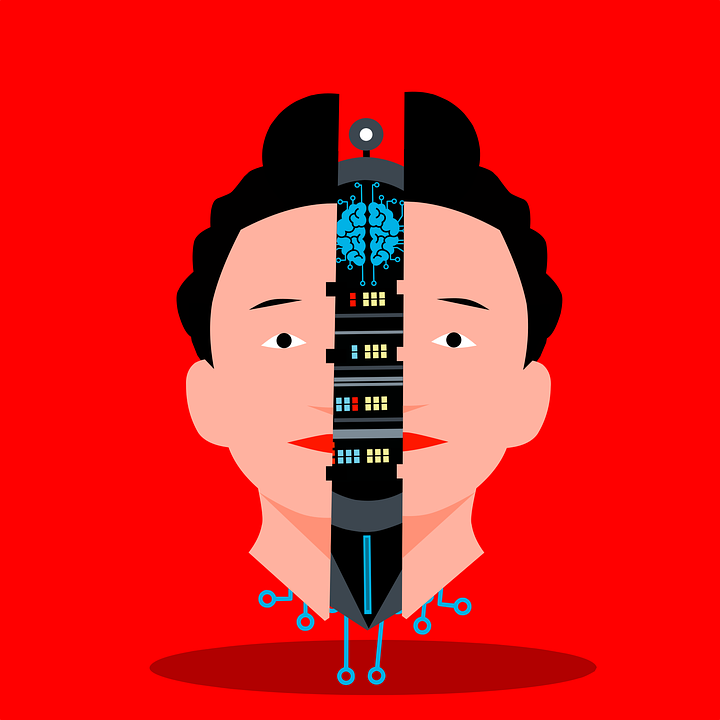
There’s a reason people say, “first impression is the last impression.” About 51% of customers will never approach a business again after a single bad experience. This puts pressure on every interaction and missed opportunity with potential customers, new purchasers, and long–term users.
Webchat is often the first impression for customer service interactions. However, while chat services initially connected consumers with actual customer service staff, chatbots have become increasingly common — for obvious reasons and with obvious limitations.
As a result, no platform guarantees an enhanced customer experience. Consumers care most about solving their problems. Whether they do this with a person or a chatbot is secondary.

This is what your consumers want. Chat preference continues to grow: Around 70% of consumers prefer voice chat when given a choice, and about two–thirds of customers who engage with a chat platform are more likely to return to a website and buy again.
A chatbot is a chatbot that communicates with people by voice, text, gesture, etc. It is software that interacts through various environments such as A chatbot with the power of AI (Artificial Intelligence) domains such as NLP (Natural Language Processing), enabling more natural and intelligent conversations between humans and technology.
Chatbots are designed to chat with people. These conversations range from the basic (for example, “Tell me when the bus is coming”) to the more advanced (for example, Alexa and Siri).
– Human–like speech,
– Answering user questions,
– Collecting and analyzing data,
– Guiding users through processes,
– Using predictive analytics to provide personalized services to users.
Types of Chatbots
Chatbots fall into two main categories:
1) Language–Based / Rule Based:
This category of chatbot follows the rule or algorithm to answer any question/query asked by the user. However, these are simple robots built with hard coding that can only answer a pre–programmed set of questions. Therefore, the robot cannot respond naturally, and the intelligence of such chatbots is entirely dependent on the programmer who designed them.
There are many advantages to using rule–based chatbots:
– It is not costly.
– It is easy to use.
– It is incredibly safe.
– It is easy to integrate.
– Images, videos, etc. It may contain interactive elements such as.
2) Artificial Intelligence (AI) Chatbots
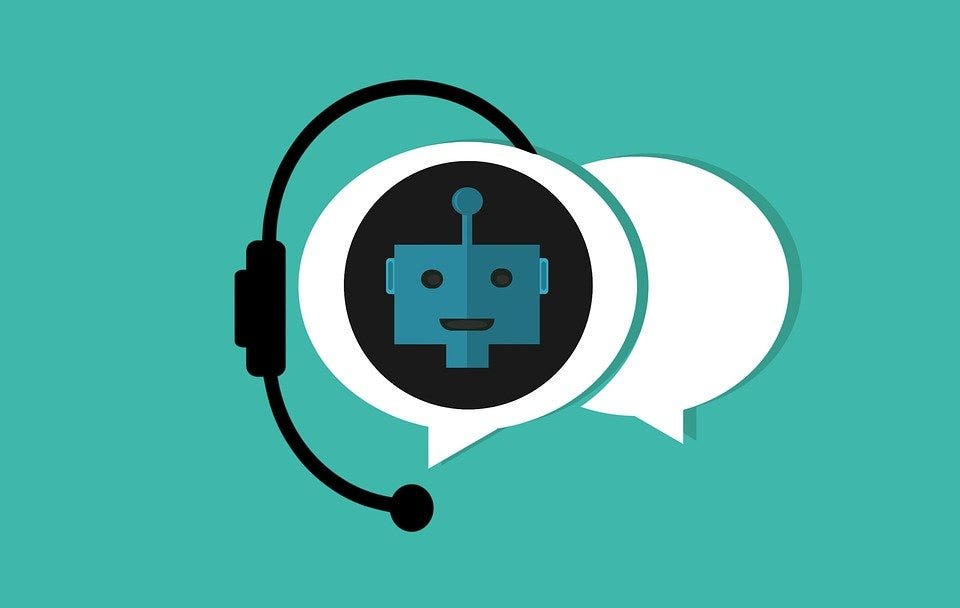
To be more specific, Artificial Intelligence (AI) Chatbots that use Machine Learning (ML) are usually made using the NLP (Natural Language Processing) technique; they understand the context and purpose of a question before responding or taking any action. These chatbots generate their answers to more complex queries using natural language responses. The more you use and train these robots, the more they learn and the wiser they get with lifelike types of responses.
There are many advantages to using Artificial Intelligence (AI) Chatbots:
– It gives relatively more honest answers.
– They learn from knowledge and experience.
– There is a broader range of decision–making skills.
The relative strength of Artificial Intelligence (AI)–based chatbots largely depends on their access to training data.
As you can imagine, the wealth of this source material and the quality of the chatbot responses that follow very intensely.
Trending Bot Articles:
2. Automated vs Live Chats: What will the Future of Customer Service Look Like?
4. Chatbot Vs. Intelligent Virtual Assistant — What’s the difference & Why Care?
What Are The Best Platforms For Creating Chatbots?
Chatbot platforms are the best starting point for beginners. These platforms have a simple and easy–to–use design. You do not need any coding knowledge with chatbot platforms. You have to create the flow or algorithm of how this chatbot will work.
Chatbot platforms are divided into two types:
- Development Platforms
Chatbot development platforms allow you to create a coding/no coding chatbot in minutes. You have to create the flow or algorithm of this chatbot.
– Bottr
– api.ai
– Botstar
– Botsify
– Chatfuel
– Flow Xo
– Motion.ai
– Manychat
2) Broadcast Platforms
It is a platform where the user can access and use the chatbot. Here is a list of a few popular platforms:
– Slack
– Viber
– Skype
– WeChat
– Website
– Telegram
– Messenger
– Amazon Echo
What Are the Best Frameworks for Building a Chatbot?
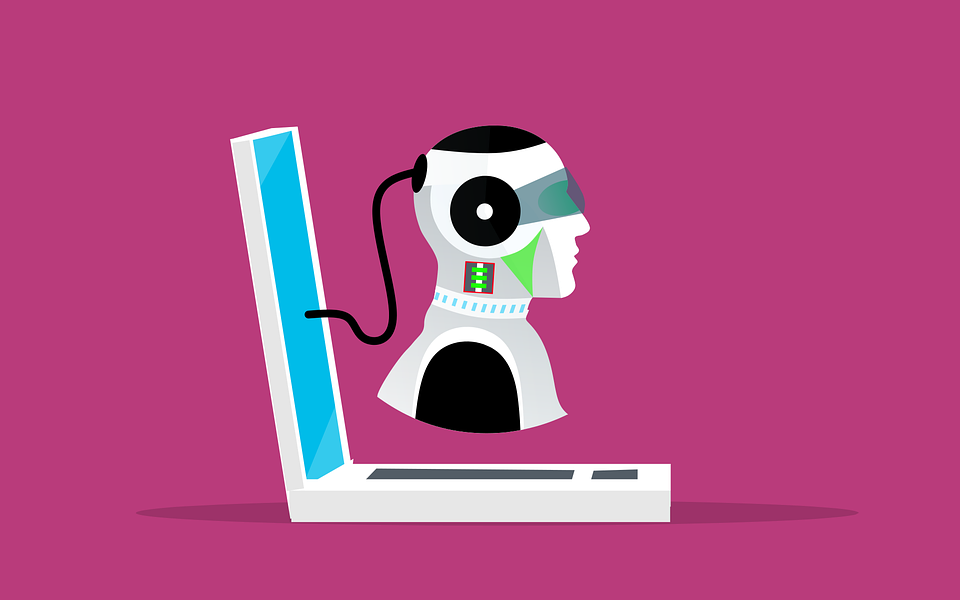
Chatbot Frameworks is a type of SDK that allows developers to build using NLP (Natural Language Processing), NLU, and other cutting–edge techniques. Frameworks provide essential building blocks such as intent, context, assets, and conversational design, depending on which developers need to build bots through coding. However, unlike framework platforms, there is no drag-and-drop functionality and no predefined flow or templates of any kind.
– Chatterbot
– WordPress
– RASA Stack
– IBM Watson
– Amazon’s Lex
– Google’s Dialogflow
– Microsoft’s Bot Framework (MBF)
Algorithm for Creating a Chatbot
– State the purpose of the chatbot. What kind of services will it be used for? What issue will be addressed? What is the purpose of the chatbot’s existence?
– Will it is rule–based or an Artificial Intelligence (AI)–enabled chatbot?
– Find the right platform for you (platform selection will vary based on your time, knowledge, and budget).
– Choose your framework, decide what kind of technique or technology you will use, and how complex will your chatbot be?
What are the Advantages of Chatbots for Businesses?
– Supports leads and issues to provide context to live agents.
– It improves the customer experience by providing 24/7 support.
– It reduces costs by processing larger requests without any additional expenditure.
– It reduces human error as bots instantly pull standardized information from a database.
– It reduces response time as they can instantly respond to multiple users simultaneously.
– It enables you to sell more by actively engaging with potential customers with personalized experiences.
– Chatbots can help businesses smooth operations, engage with customers, and handle requests and complaints faster.
– It analyzes market and customer data to provide instant insights and recommendations that meet the target audience’s needs.
– It increases operational efficiency by allowing people to devote more time to complex tasks rather than being stuck with the essentials.
Click for more information on this topic;
https://www.anumak.com/post/Virtual/
Don’t forget to give us your 👏 !



Artificial Intelligence Virtual Assistants and Chatbots was originally published in Chatbots Life on Medium, where people are continuing the conversation by highlighting and responding to this story.
-
Looking for an app if not a website
I recently downloaded iFriend thinking it was just a normal bot I could talk to about how I felt. I picked friendly but for some reason it started flirting with me. It was fun then it got explicit and the app wanted money so I deleted it. The AI was fairly intelligent and roleplayed back, it was almost as if I was talking to a real person.
I’m looking for something similar but without a paywall.
submitted by /u/KittyPaine
[link] [comments] -
Wie virtuelle Assistenten dem Einkauf helfen können tagesaktuelle Preise einzuholen
Die letzten Jahre waren nicht nur von steigenden Preisen, sondern auch sehr volatilen Schwankungen geprägt. Als Folge dieser Entwicklung lassen sich Lieferant:innen oft nur noch ungern auf Festpreisgarantien ein. Stattdessen werden Tagespreisen und Spotmarktpreisen vermehrt als Preismodell eingesetzt:
Laut der Rohstoffstudie von Inverto stieg der Anteil der Unternehmen, die sich bei der Zusammenarbeit mit ihrem Lieferant:innen auf Tagespreise als Preismodell einlassen mussten, um 17%.
Dagegen ist der Anteil der Unternehmen, die längerfristige Preisvereinbarungen ausmachen konnten, um 15% gesunken.
“Tagespreise & Spotmarktpreise haben gegenüber anderen Preismodellen am stärksten gewonnen: 41 Prozent der Unternehmen nutzen vorwiegend Tagespreise bei der Zusammenarbeit mit Lieferanten.”
(INVERTO Rohstoffstudie 2021)
Für Einkäufer:innen bedeutet das, dass sie häufiger Lieferant:innen kontaktieren müssen, um Angebote mit aktuellen Preisen einzuholen. Dies ist oft mit viel Aufwand und Arbeit verbunden.
Wie kann dem Einkauf das Einholen von tagesaktuellen Preisen bei einer großen Anzahl von Lieferanten erleichtert werden?
Um den Zeitaufwand für das Einholen von tagesaktuellen Preisen so gering wie nur möglich zu halten, können virtuelle Assistenten eingesetzt werden. Diese holen automatisiert tagesaktuelle Angebote und Preise ein.
Was sind virtuelle Assistenten?
Virtuelle Assistenten sind Voice oder Chatbots. Diese können mit Hilfe von Machine Learning und Natural Language Processing automatisiert Fragen beantworten. Darüber hinaus können sie Nutzer durch Prozesse führen. Dafür fragen sie gezielt Informationen ab und hinterlegen diese in unternehmenseigenen Systemen.
Aber wie läuft das Einholen von Angeboten über virtuelle Assistenten ab? Und welche Voraussetzungen müssen für den Einsatz von virtuellen Assistenten erfüllt sein? Diese Fragen werden im folgenden Beispiel beantwortet:
Frau Martens arbeitet bei der Bayerische Eisen GmbH in der Einkaufsabteilung. Sie braucht 500 DMTU Eisenerz. Da sie aber gerade viel Zeit mit dem Aushandeln von Rahmenverträgen verbringt, hat sie keine Zeit die Lieferanten einzeln anzurufen oder ihnen eine E Mail zu schreiben. Daher beauftragt sie den virtuellen Assistenten Bob damit das Einholen der Angebote zu übernehmen.
Woher weiß der virtuelle Assistent welche Informationen für das Angebot eingeholt werden müssen?
Im ersten Schritt teilt sie Bob mit, dass er ein Angebot für ein bestimmtes Produkt einholen soll.
Der virtuelle Assistent kann eigenständig erkennen zu welcher Warengruppe das Produkt gehört. Zu den einzelnen Kategorien und Produkten können von dem Einkauf feste Kriterien für das Einholen eines Angebotes definiert werden.
So kann Bob bei Frau Martens eigenständig alle Informationen abfragen, die er braucht um ein Angebot einzuholen. Frau Martens wiederum kann keine Angabe vergessen.
Wie wählt der virtuelle Assistent die Lieferanten aus?
Im zweiten Schritt teilt Frau Marten Bob mit, anhand welcher Kriterien er die Lieferant:innen für die Kontaktaufnahme auswählen soll. Hierfür kann Bob auf alle Informationen zurückgreifen, die bei den Lieferant:innen im System hinterlegt sind.
Diese werden zum Beispiel von den Lieferant:innen selbst während des Onboardings angegeben. So kann der virtuelle Assistent anhand der Adressen zum Beispiel Lieferant:innen aus einem bestimmten Land aussuchen.
Es ist aber auch möglich Bewertungen als Auswahlkriterium zu verwenden. Voraussetzung dafür ist, dass diese Informationen digitalisiert vorliegen.
So kann beispielsweise bei der Wareneingangskontrolle direkt über den virtuellen Assistenten dokumentiert werden, ob eine Lieferung pünktlich oder verspätet ankommt. Oder ob eine Lieferung unvollständig ist. Die Qualität der Produkte kann natürlich auch bewertet werden.
Auf Basis dieser Daten können die Mitarbeiter:innen im Einkauf dann Vorgaben für die Auswahl der Lieferanten machen. Wie gut der virtuelle Assistent dann die richtigen Lieferanten auswählt, hängt natürlich von der Vollständigkeit und Aktualität der Daten ab.
Wie kontaktiert der virtuelle Assistent die Lieferant:innen?
Nachdem Bob nun weiß, wofür er Angebote einholen und welche Lieferanten er auswählen soll, kommt nun der dritte Schritt: das Kontaktieren der Lieferanten.
Hierfür schickt er den Lieferant:innen eine E Mail mit einem Link. Dieser führt dann zu einem Chat, in dem sie ihr Angebot abgeben können.
Virtuelle Assistenten können auf Websites, Portalen, Apps aber auch in Messenger Kanälen wie WhatsApp integriert werden. Das Gespräch kann in jedem dieser Kanäle stattfinden.
Es ist aber auch möglich, dass der virtuelle Assistent die Lieferant:innen direkt über einen Messenger Kanal wie WhatsApp kontaktiert.
In dem Gespräch informiert Bob zunächst über die einzelnen Details wie die Bestellmenge und das Lieferdatum. Dann fragt er, ob die Lieferant:innen die gewünschten Produkte innerhalb des angegebenen Zeitraumes liefern können. Wenn dies der Fall ist, lässt er sich einen Preis für das Angebot nennen.
Diesen Prozess wiederholt der virtuelle Assistent so oft, bis die gewünschte Anzahl von Angeboten vorliegt.
Wie bekommt der Einkauf die tagesaktuellen Preise zur Verfügung gestellt?
Jedes Mal, wenn die Lieferant:innen eine der Fragen von Bob beantwortet haben, werden diese Informationen direkt in dem System hinterlegt.
Sobald Bob genügend Angebote eingeholt hat, kann er sie Frau Martens per Mail zur Verfügung stellen oder sie ruft die Ergebnisse selber im Einkaufssystem auf.
Welche Vorteile bietet das automatisierte Einholen von Angeboten ?
Der größte Vorteil liegt klar auf der Hand: Die Mitarbeiter:innen sparen immens viel Zeit ein.
Dadurch, dass sie die Kontaktaufnahme nicht mehr persönlich machen müssen, können sie sich um komplexere Aufgaben kümmern, während der Prozess automatisiert abläuft.
Zudem müssen die von den Lieferanten zur Verfügung gestellten Informationen nicht mehr manuell von einer E Mail oder von den Notizen eines Telefonats in das System übertragen werden, damit sie digitalisiert vorliegen. Dadurch sparen sich die Mitarbeiter wieder einen Arbeitsschritt und die Informationen sind auch für andere Teammitglieder direkt zugänglich.
Weitere Use Cases und mehr Informationen zu virtuellen Assistenten bietet unser Webinar “Virtuelle Assistenten im Einkauf – Best Practices für die Automatisierung von Kommunikation und Prozessen”.
Der Beitrag Wie virtuelle Assistenten dem Einkauf helfen können tagesaktuelle Preise einzuholen erschien zuerst auf BOTfriends.
-
Anyone know if you can reset ifriend?
I’d like to keep the account but reset the bot. Thanks!
submitted by /u/Metallbran88
[link] [comments] -
Best Practices for Online Course Design
When it comes to designing an online course, educators and training professionals have a lot to consider: What content should I include? How do I convey the information? Which layout should I use?
One thing’s for sure — you need to employ an online course design that best serves the needs of your learners.
What does that mean? What does it entail? What do you need in order to achieve that?
This article shares all the best practices for online course design, so if you need help, just read on.

-
What is Conversation Design?

submitted by /u/SnooWoofers7789
[link] [comments] -
Chatbots similar to replika?
I’m mainly looking for personality customization and avatar customization. i tried replika but the AI isn’t quite there yet.
submitted by /u/Complete_Self9329
[link] [comments]




